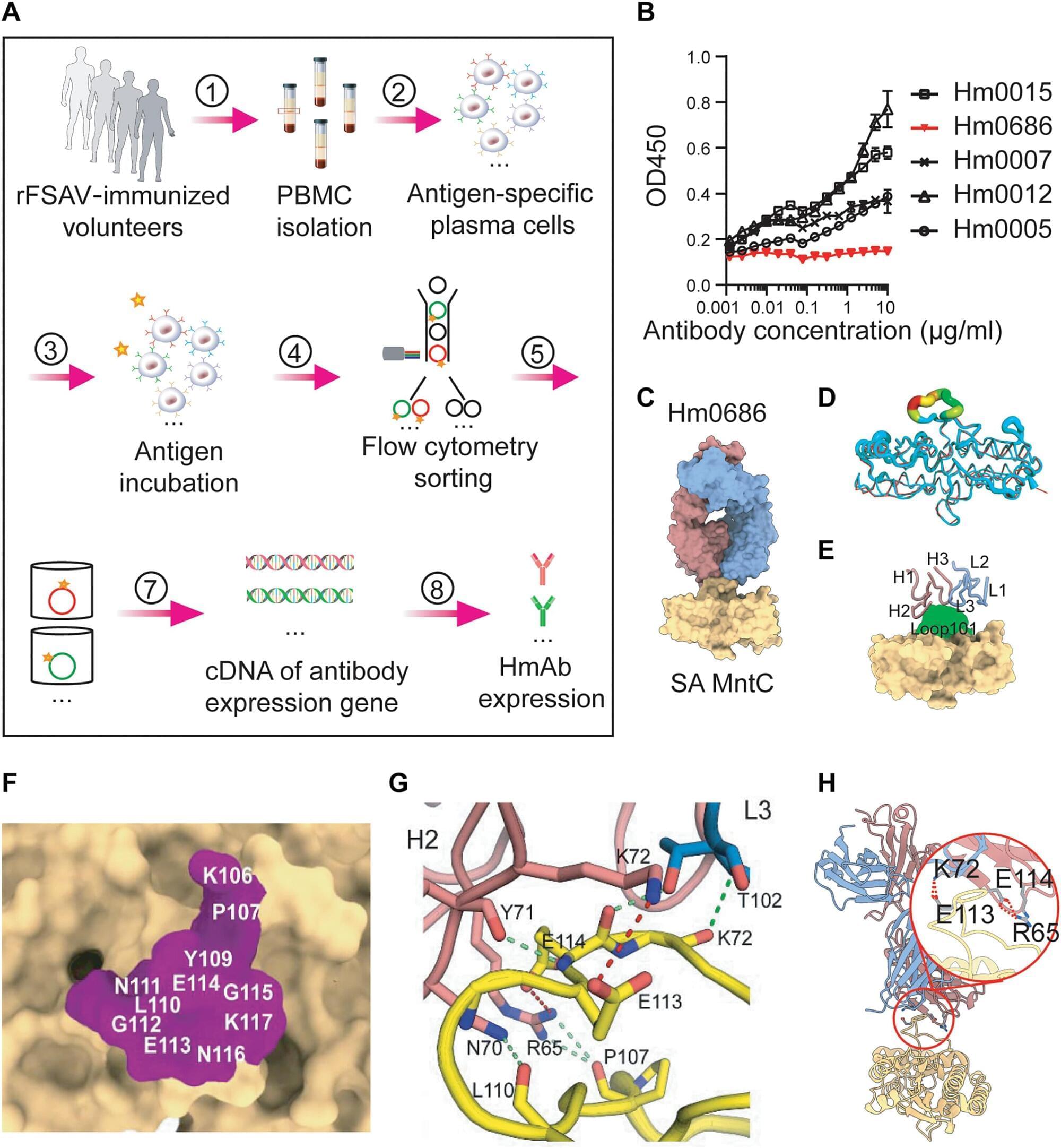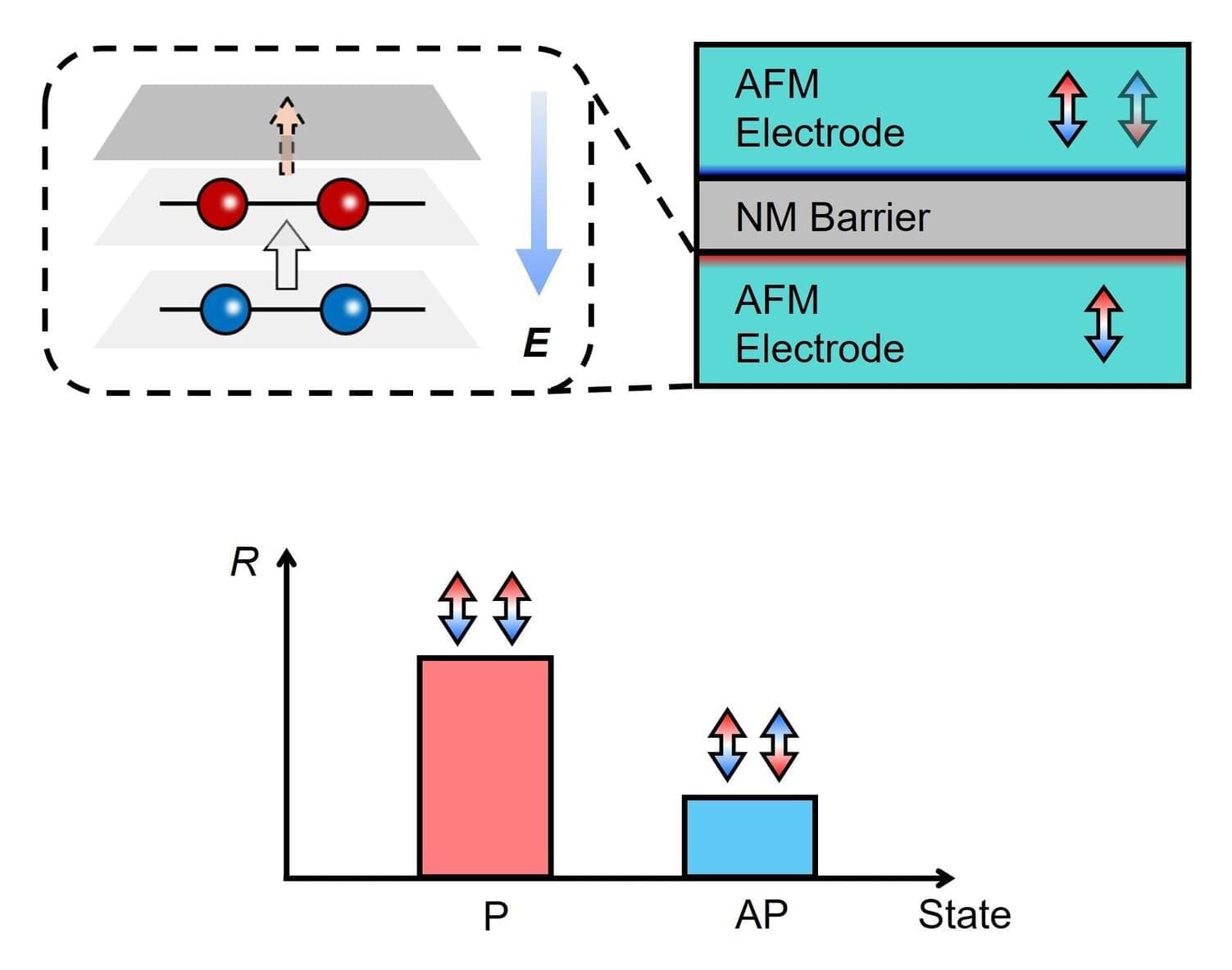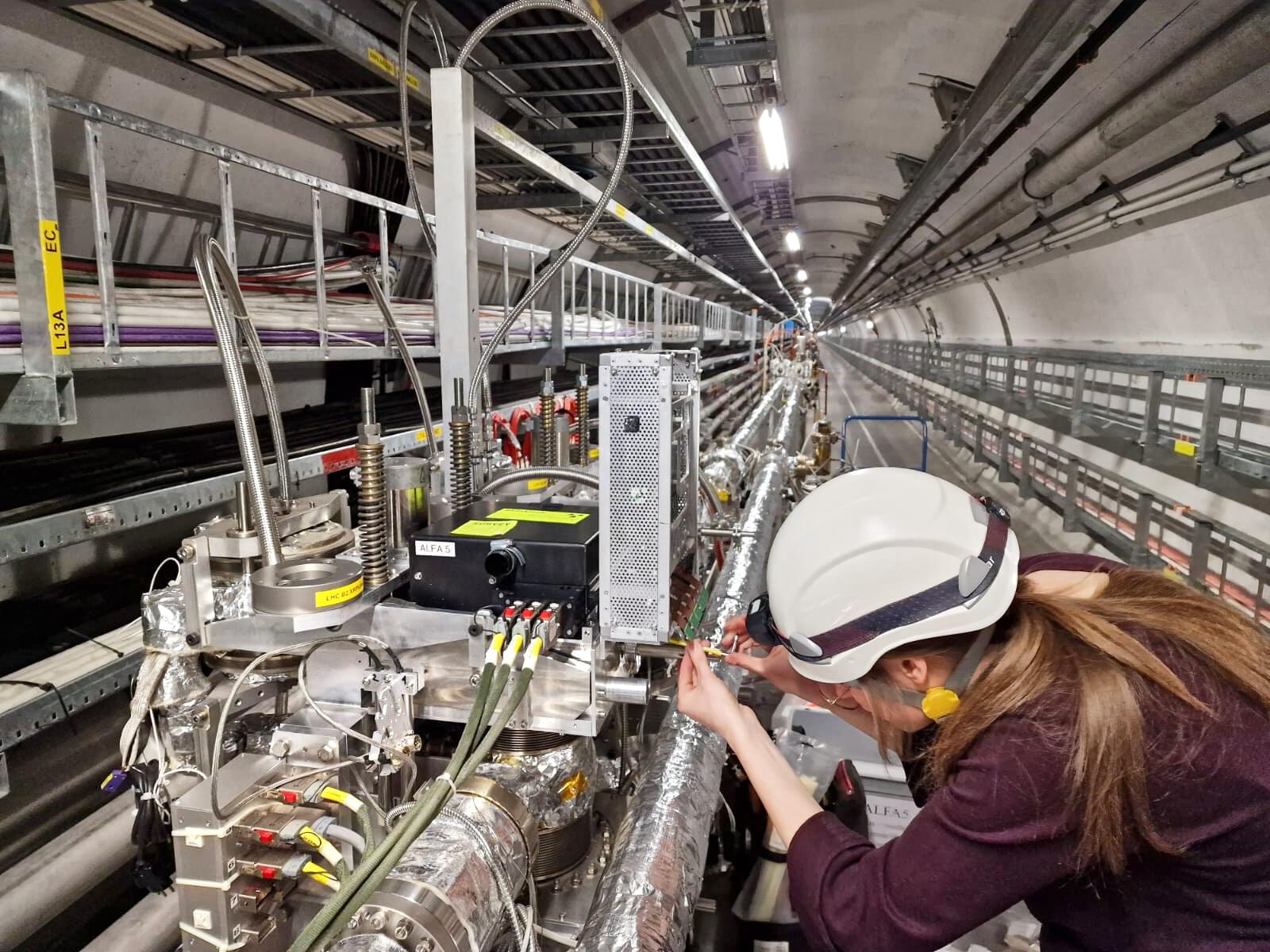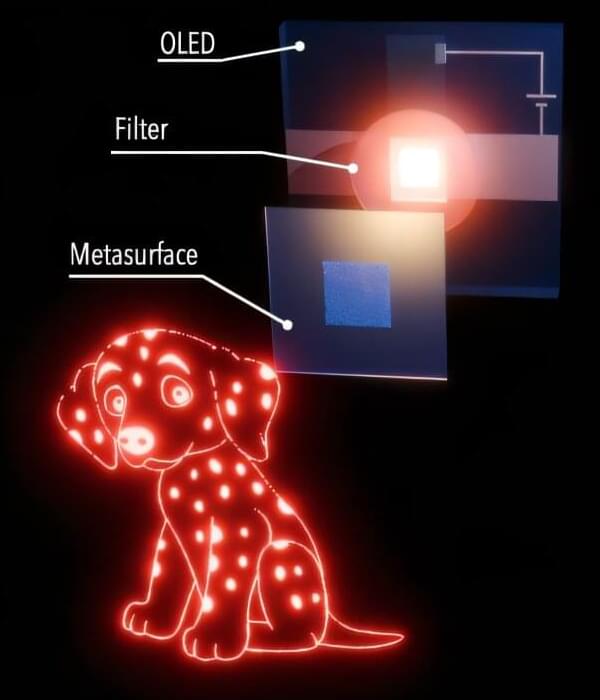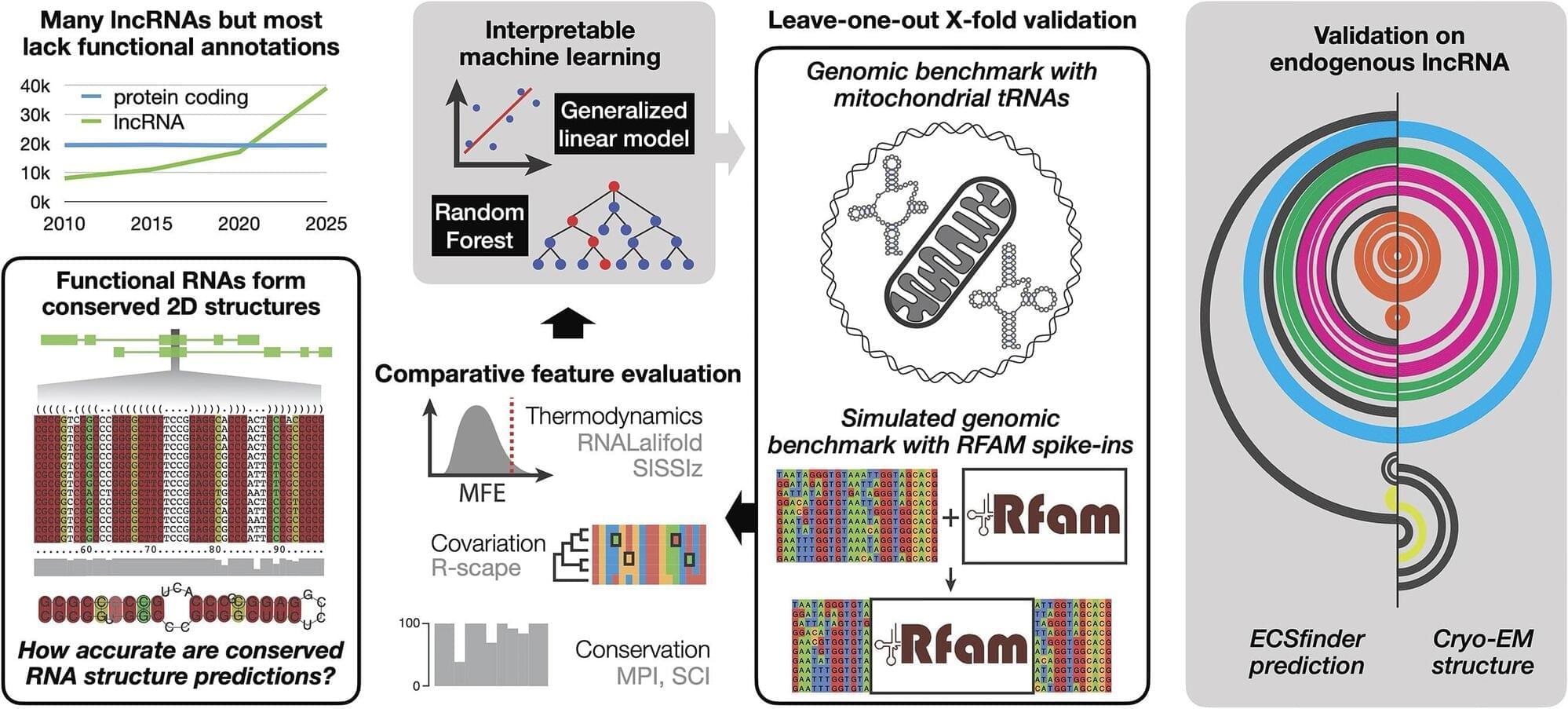Nucleons, which include protons and neutrons, are the composite particles that make up atomic nuclei. While these particles have been widely studied in the past, their internal structure has not yet been fully elucidated.
These particles are known to consist of three smaller building blocks known as quarks, held together by strong nuclear force carriers called gluons. While a proton is made of two “up” quarks and one “down” quark, a neutron is made of one “up” quark and two “down” quarks.
Inside nucleons, however, one can also find many quark-antiquark pairs that continuously appear and disappear. The distribution of momentum and spin across all the different building blocks of nucleons has not yet been uncovered.


